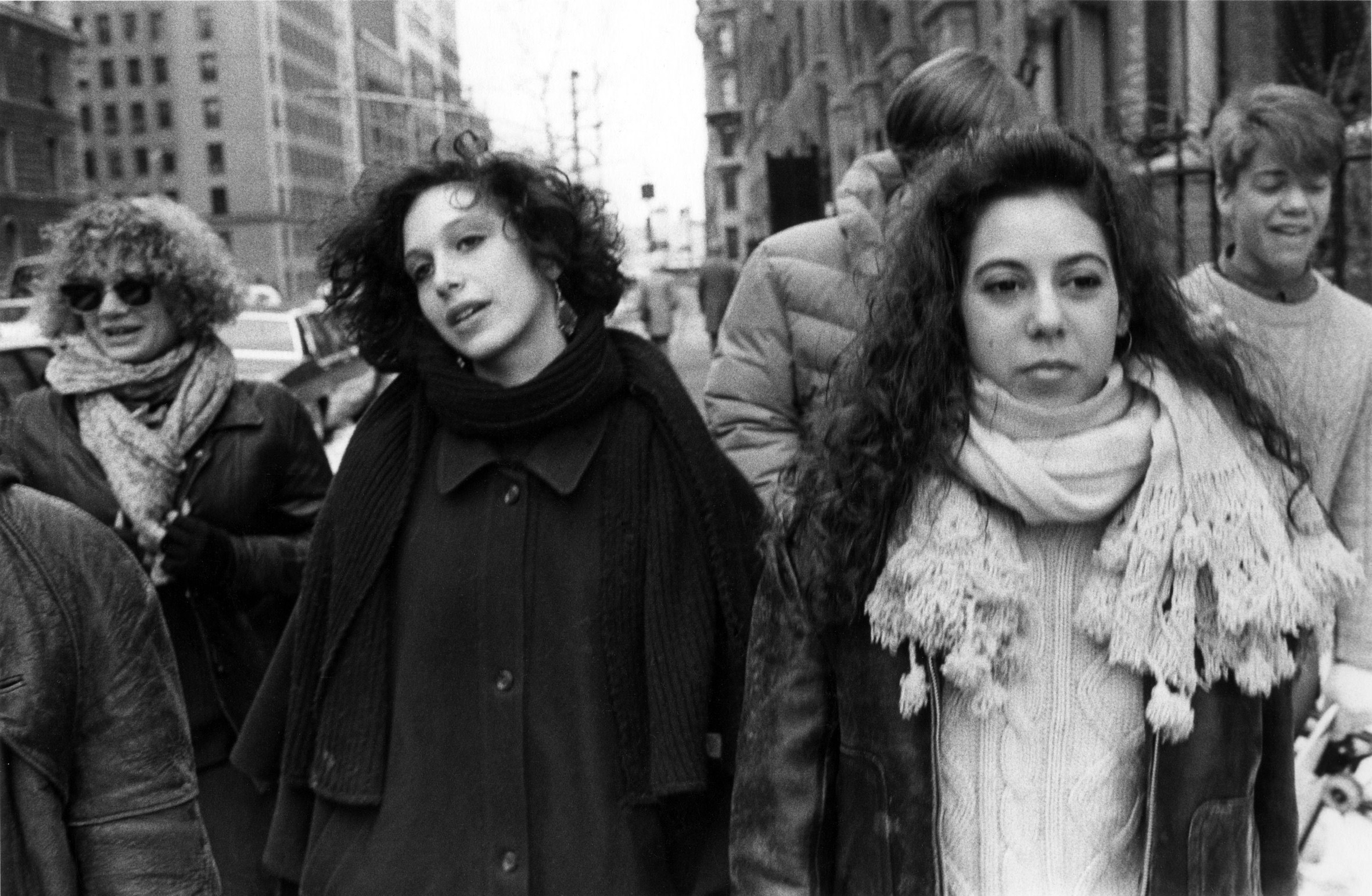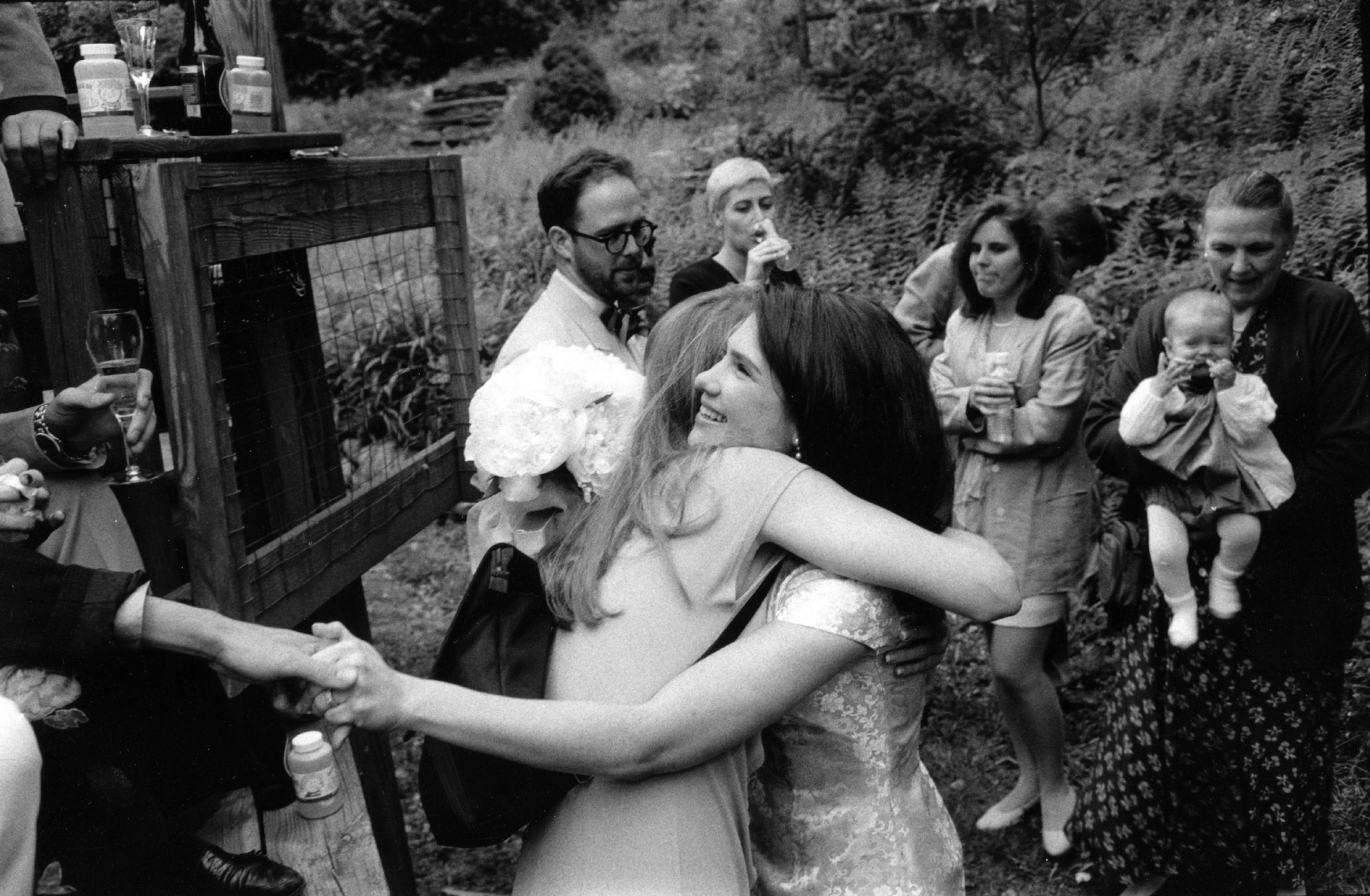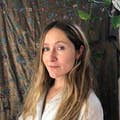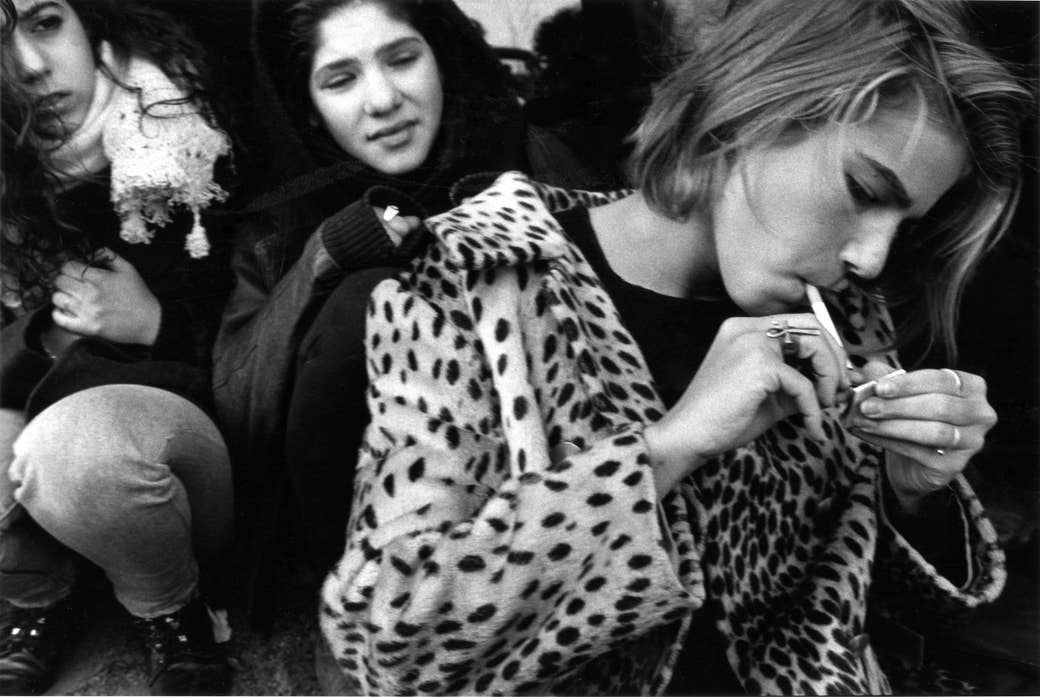
What makes up “girl world”? And who gets to exist within it? These inquiries have fascinated artists for years. Photographer Karen Marshall asked herself those questions in the 1980s, toward the end of the women's liberation movement, and decided to explore the friendships of young women and their tendency to form emblematic, or symbolic, relationships — the kind where you don't have to say anything, and the other person just gets you.
Marshall met Molly, a high school student, through friends who employed her as a babysitter in 1986 and began photographing her and her friends in New York City throughout their junior year. That summer, while on vacation in Cape Cod, Molly was killed at age 17 when she was hit by a car. Marshall decided to continue the series, her images ultimately examining not only how close this group of girls were before the death of their friend, but how they coped as they finished high school and moved apart. Marshall ended up following a core group of seven women on and off for decades until the mid-2010s.
Her photos have now been collected into a book over 30 years in the making, which is split up into different parts and throughout which you can see the girls grow and adapt to the world around them.
“It's like a piece of cinema,” Marshall said. “You can read it from cover to cover and have a full experience.”
The bond between the women is emblematic of many other young friendships; some continue to be close, others lose touch and move to different places, and some were never close to begin with but were united in their shared connection with Molly.
BuzzFeed News spoke with Marshall about her book, Between Girls, and how she earned the trust of teenagers.
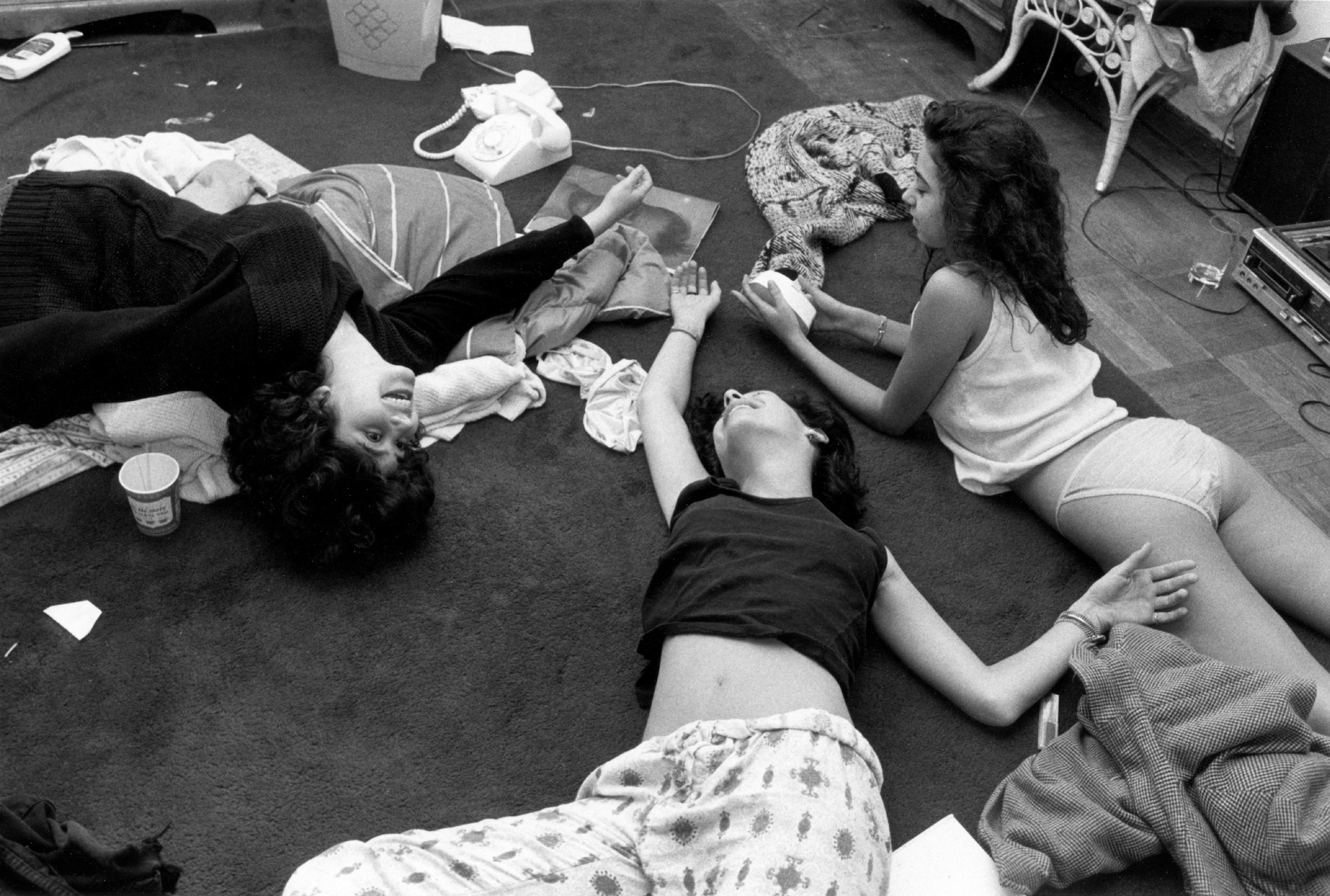
You’ve been working on this book for 30 years! Does it feel good to have it out in the world?
It does! It's like, finally. I made a decision that this was a long game, and there were sacrifices. Sometimes a project has its own mind, and I really, totally trust the process. I also teach process; it's a big thing in my life. Along the way it never felt right. I had to keep waiting. Finally I was like, OK, it's now time to do the book and to do it correctly. Sometimes a person works on a project, and five months later it's a done deal, whether it’s an article or a big exhibit. Sometimes that's what happens, and sometimes it happens this way.
How did you meet Molly and her friends?
I was 27 [and] I asked everyone I knew if they knew any teenagers. I had met some other folks before Molly who I didn't jibe with. A friend of mine who was older had just had a kid, and Molly babysat for them. They said, “Oh my gosh, I know who you need to photograph.” Molly was such a big character, and they had known her since she was really young. I contacted her and explained what I wanted to do. She got it, and from the very first day of photographing her and her friend Jenn I knew that this was what I was looking for.
Which was?
I was looking from the outset for the emotional bonding that happens between girls when they're 16. I believe strongly that there's a super-strong language that happens with women, and it was hard to explain that to people in 1985. I grew up in the women's consciousness movement, and my mother and my teacher and my friends were all talking about this and into it in the 1970s. I was curious in 1985 if the girls then were affected, their friendships and relationships, because of what their moms’ generation went through.
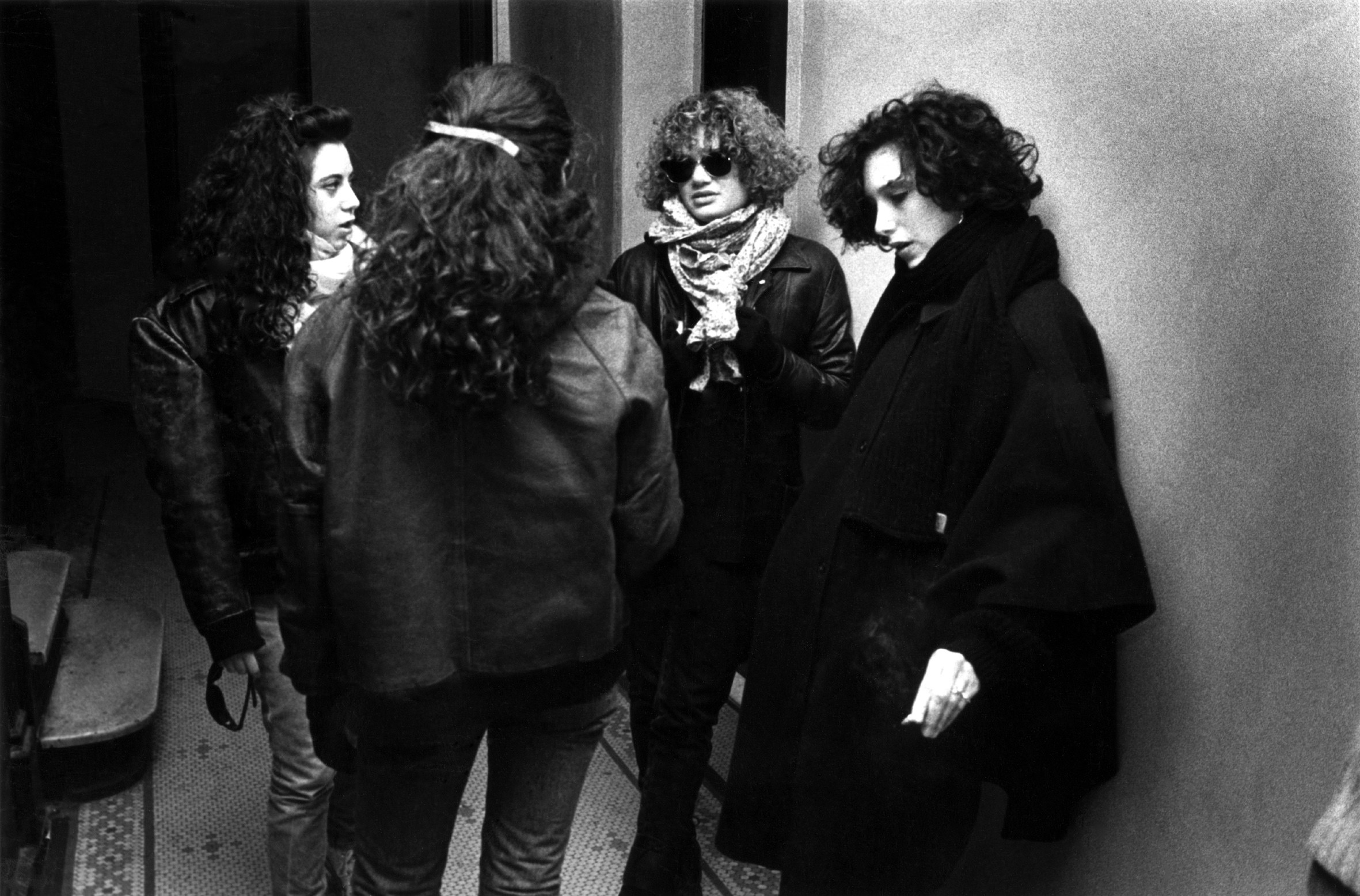
Did you have this connection with friends when you were this age?
I did not have a solid group like these girls. These girls really had this whole network. I had girlfriends who meant a lot to me, and a sister and a cousin, so I had a girl world. In undergrad at the time, most of the people in the photo department were guys. One thing I knew going into the project is that there existed these friendships that seemed like they were timeless. The concept of people who I saw every few months or years, and I could grunt three times the next time I saw them and they would know where I was at — the emblematic relationship.
What was that first year of photographing the girls like?
It was wonderful. I had incredible access, I really liked them and was very impressed by them. They were so articulate, their natural ability to understand where they were at really blew me away. They really allowed me to be a fly on the wall. I would go into these situations, and at a certain point they wouldn’t care if I was there. That was amazing, and on the other hand there was no email and no cellphones, so I was flying by the seat of my pants. I was like, OK, I'm going to meet you at this street corner at 3:30 on Wednesday, and I never knew who was going to be there. No one ever stood me up, but I was always scared.
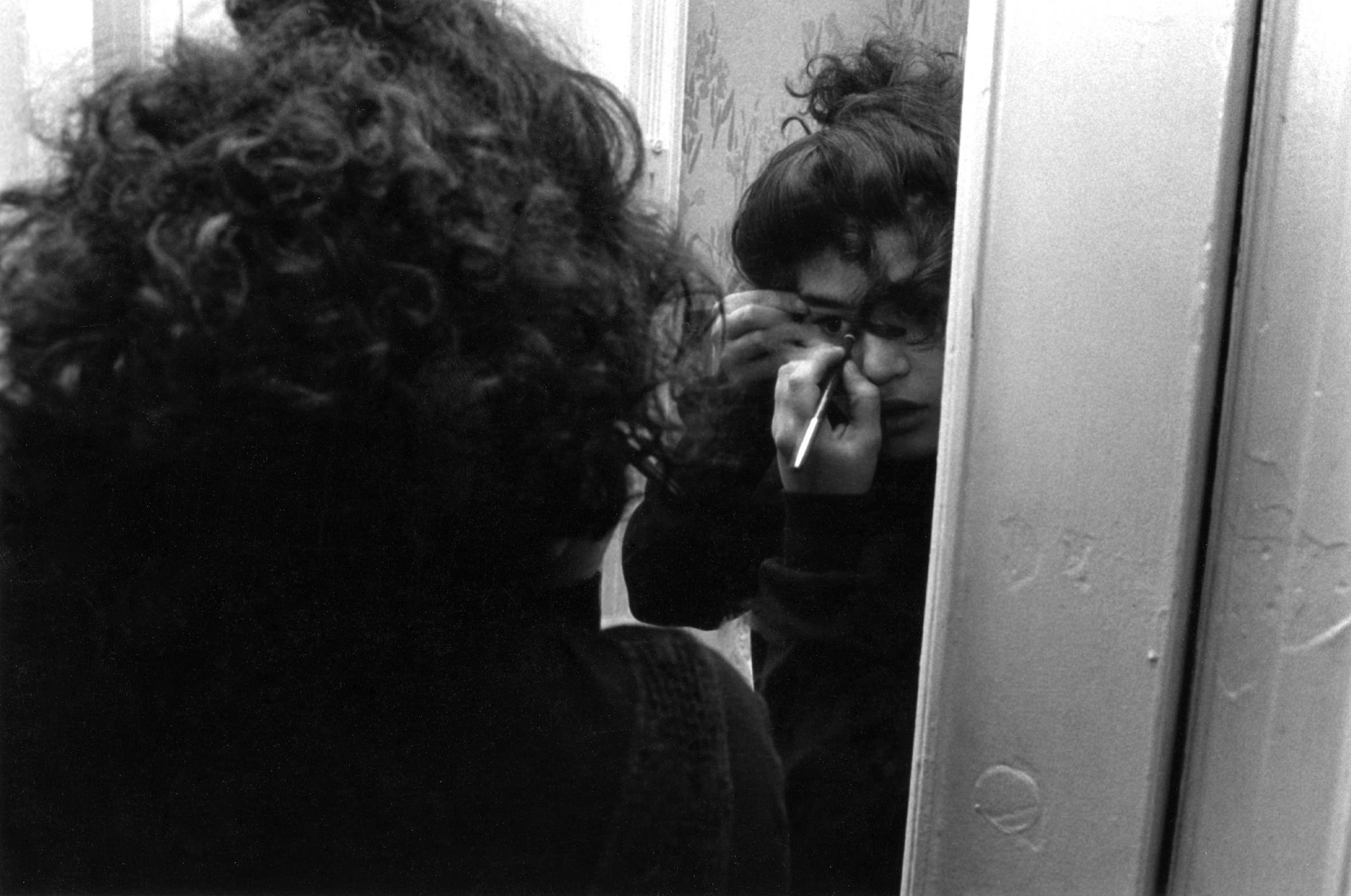
Did they look up to you?
I feel like I was a cool, maybe like, camp counselor to them. I was too old to be their sister but not old enough to be their mothers. And I was different, obviously, but I didn't look that much older, so there was a tribal allegiance with the girls. We talk a lot in photography these days about photographing your own community, which I was sort of doing then.
When I tried to run the work in the early days, people said, "No one wants to look at New York City girls in the Midwest." I would call up editors, including the chief editor of Seventeen magazine, and I always wish I had been able to record something because they would spend the entire time talking about their high school years and then tell me that there was no way they were going to run the work, because these dark-haired, curly-haired girls weren't their readership. We don't think about that, how much things have changed.
After that first year, what happened next?
Junior year was over; the girls were going away for the summer and doing different things. Senior year was shaping up to be so different for them, and I wasn't sure if I should end or continue the work. The last picture I made of Molly was about 10 days before she was killed. She was going off to Cape Cod, and there was so much energy in the air.
When I found out about Molly, it was unbelievably devastating. I ended up speaking at her memorial service. [After] following her and documenting her so closely and then she's gone, it really blew my mind. I knew that I needed, for Molly's sake, to figure out a way to put this out in the world.
Every once in a while I would see the girls, but it was really difficult. Later on, the girls admitted they were all hiding from each other. I only saw them really if I would bump into them. Meanwhile, I was trying to figure out what this book was. But I was really certain that I wanted to document them before they went away to college. The beginning of the book is 1985–1986, and then in the middle it goes into what I like to refer to as “reverb,” so it goes backwards from her death through graduation, prom, middle school, and then it flips into sections of each of them over the years.
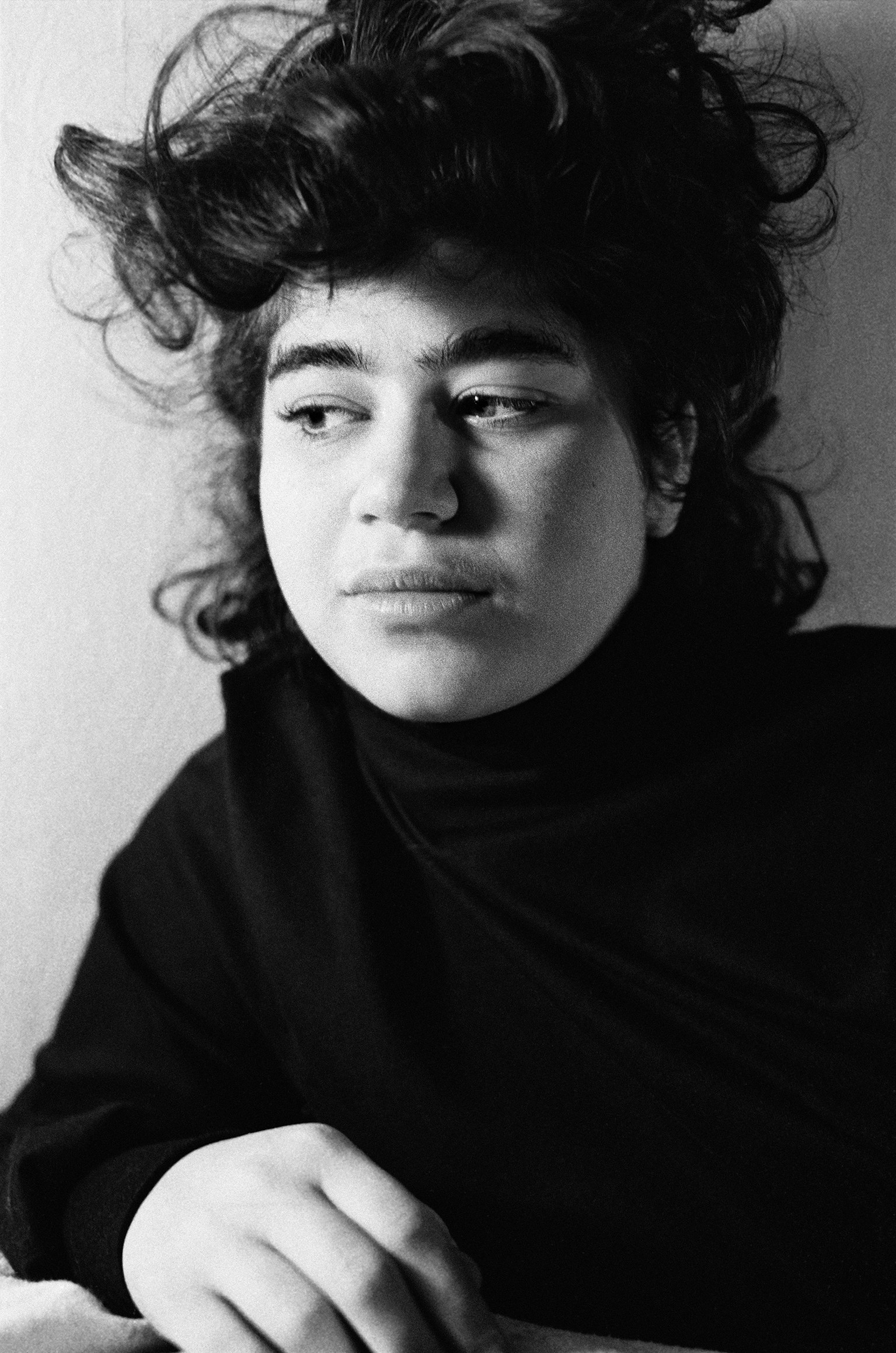
How old were you when you picked up a camera?
I started photographing when I was 13 years old. I grew up in an artistically oriented family; my mother was in the theater and produced and directed plays. I've always been interested in real life — life as it unfolds and not the studio thing. I did a lot of photographing of fellow students in high school; we were a community in that sense. I started photographing teenagers when I was a teenager. When I went to college, I wanted to get a liberal arts degree and learn sociology and anthropology. I ended up in a department that was photo- and film-oriented, but essentially the first 10 years of being a serious photographer, post–high school, I did primarily environmental portraits out on the street, looking through the camera with a medium-format Rolleiflex.
When I started the Between Girls project, I wanted to move inside physically and emotionally. I didn't want to be out on the street, and I wanted to be in people's lives and in their psychology.
How did you feel about your own work as you saw as you saw the lives of teenage girls progressing over time?
Honestly, I don't think teenage girls have changed a lot. Sure, the evolution of Myspace to Facebook to Instagram to TikTok have changed things, but on another level they don't change them as much as people want to write about. On one hand, it's such a great relief that there's so much more work out there of and by girls and women. So many more women have a platform, it's stunning. And it’s what I would hope for. The the phone camera has given young girls a platform to document their lives more easily. These girls were doing it, I was doing it, and now people just have the access to do it more.
There have been times when there have been large projects out there defining women, and I feel like it's often in more linear terms. What I was looking at — the language that women share with each other, and the loss of a friend and how deep that goes — is a little different than some of the others.
In our mind's eye, in our memory of everything we can look at, it's incredible that we can see the diversity of lives and the diversity of identity.
During COVID, I kept thinking that I was really glad I didn't have a teenager in the house, and my next thought was that I was really sad for all the teenagers out there. This is huge and really painful. They need space away from people and just with each other. It also made me think about myself, and the friendships I had during COVID; it highlighted what was really important to me.

Are you in touch with the girls today? How do they feel looking back on the images of themselves in the book?
I'm in touch with the girls to this day. I gave a talk a few weeks ago, and the three that are in New York came. They love the book, and that means a lot to me. Two people live on the West Coast. I've been bothering them for so long, I've made them be intentionally introspective on it all. I've directed them to that touchstone. I can't help but know that I've influenced them to some extent.
I think they're happy that they have the images, even the ones with Molly, which are a little painful. It comes and goes. She was a really important friend, and she never got to be an adult with them, and she would have been a really amazing adult. I think the remaining girls are also modest. I have been part of their life for more of their life than not, and they're New York City kids after all. There's no self-consciousness or grandiosity in this house, to put it that way.
